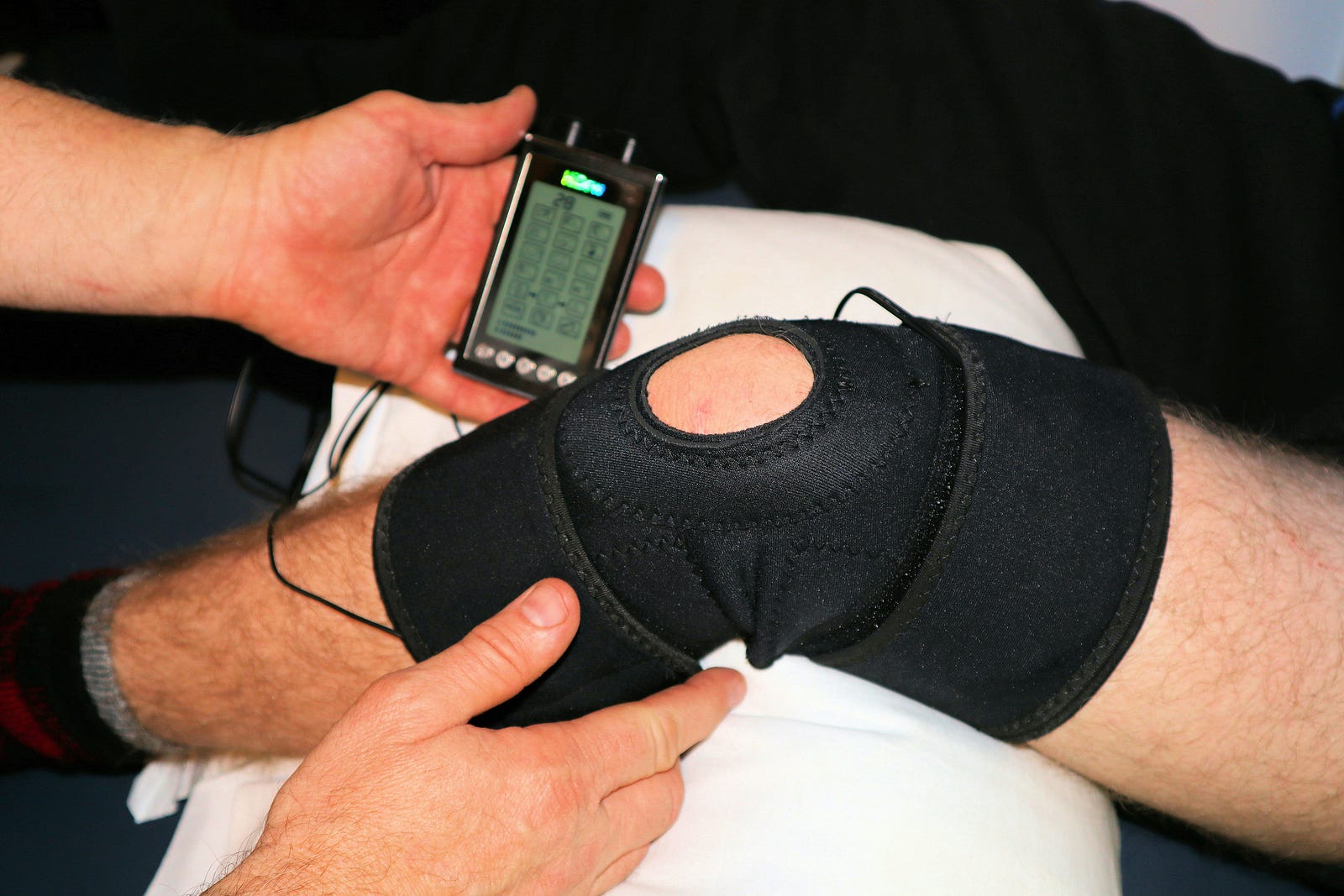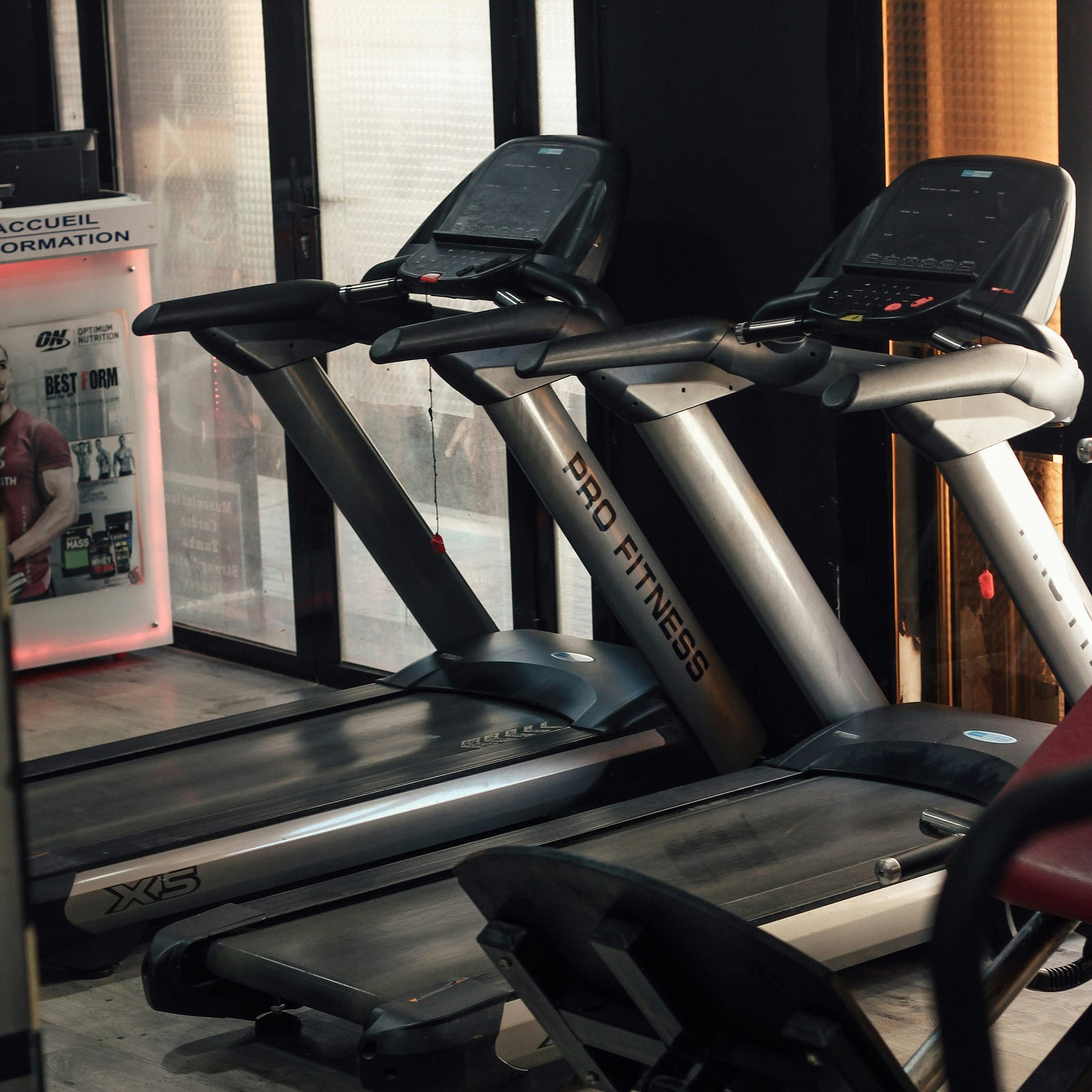IN THE CONFINES OF MY WEIGHT ROOM, amidst the clinking of iron and the rhythmic grunts of determined younger weightlifters around me, I chase strength and size. Alas, I am 61. I need resistance training!I know only some people are in my position (I am trying to sculpt muscles while trying to get my abs back).

But I want to discuss why adjusting your weightlifting routine as you age is crucial.
Many Forget Resistance Training
When I ask my patients if they exercise, I am delighted to hear a response such as, “I walk most days. My dog demands it.”I am lifting weights to bulk up and look good for my upcoming physique competition judges.
But this is not why I generally do resistance training. Lifting weights is more about resilience, strength, and longevity.
I turned 61 this week and am increasingly interested in maintaining my overall health and functional independence.
I Listen To My Body
I often test my physical limits in the gym.

But as the rhythm of my life clock speeds up over time, I am asking myself this question:
Should I ease up on the weights as I age?
The literature provides varying answers. Here’s my takeaway:After reviewing relevant studies, lifting weights at least twice weekly should be incorporated into most exercise regimens.
I Use The Proper Form
Of course, those not so young should worry about injury.

Prevention magazine offers that the most common exercise-related injuries after 40 include the following:
- Knee problemsLow back painShould joint (rotator cuff) injuriesHamstring tearsPain in your heel and foot bottom (plantar fasciitis). Injury Causes
Some of the injuries described above are secondary to a lack of physical activity (for example, sitting for long periods).Others are due to repetitive movements. And still others are because of joint overloading.

A lack of activity — like sitting down for extended periods — can lead to injury. Repetitive movements or overloading the joints cause other injuries.Muscle tightness can be a culprit.
My Approach to Reducing Injury Risk
Here’s my approach to reducing my injury risk:
- I have a personal trainer—admittedly, an indulgence that most cannot afford. Jeff makes sure my form is spot on. He also helps me with diet, a lifting program, and counseling about rest and sleep.I never lift too heavy. No way I am letting pride facilitate an injury. I challenge myself with the number of reps, often 12 to 15.I diligently warm up. Typically, this means 10 to 15 minutes on a treadmill. I walk at 3.3 miles per hour.

I am 61 and am challenging myself at the gym. But I am now the turtle: Slow and steady.
Some Reasons You Should Do Resistance Training
As muscle mass diminishes, fat mass increases.These changes raise our chances of suffering from insulin resistance.In addition, bone density diminishes, joint stiffness increases, and we get shorter (kyphosis). These changes are associated with these conditions:
- Type 2 diabetes ObesityHeart diseaseOsteoporosis. Final Thoughts — Unlocking the Fountain of Youth: Why Resistance Training is Vital
I find this observation extraordinary:
Our muscle mass drops by about three to eight percent per decade after age 30.
Unfortunately, this decline rate increases after age 60.

Moreover, I know that if I lose too much muscle mass (and strength), I have a higher risk of suffering from disability.
Luckily, I love resistance training. I know I know: I am not really unlocking the fountain of youth. But I may dodge chronic diseases.Thank you for reading “Resistance Training!”




